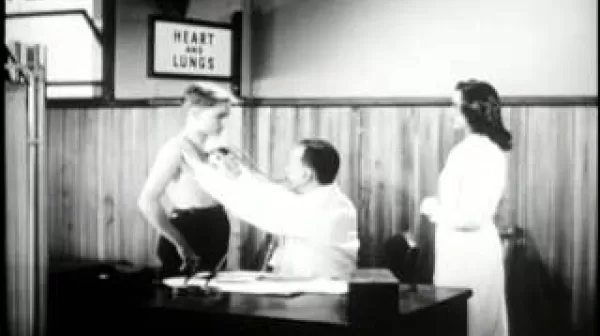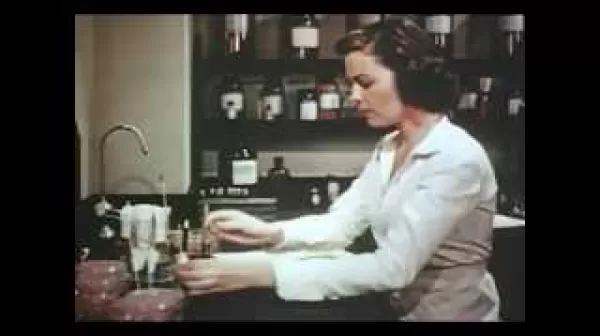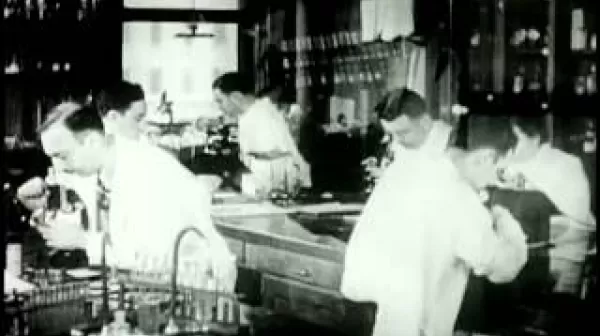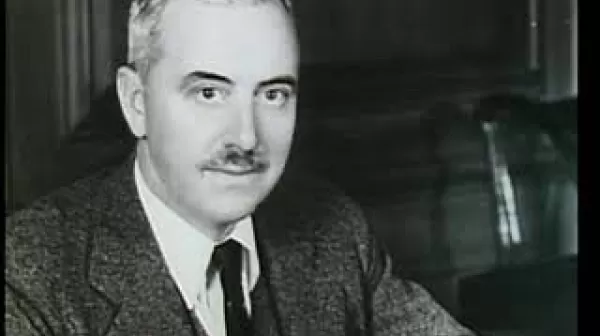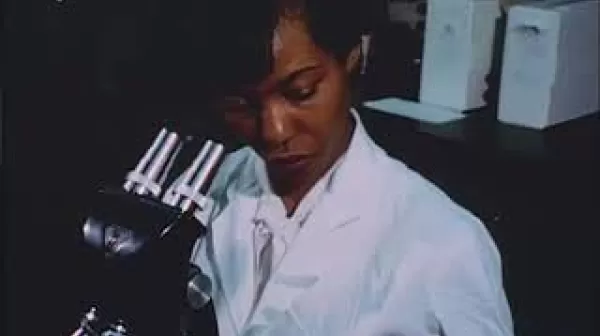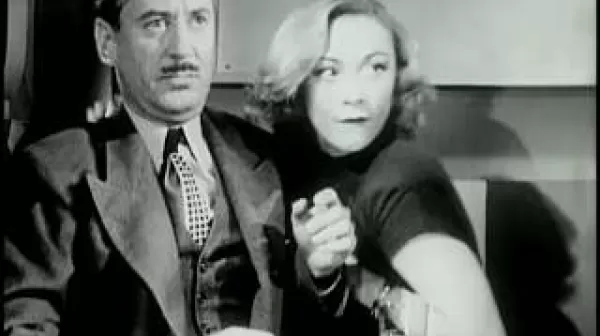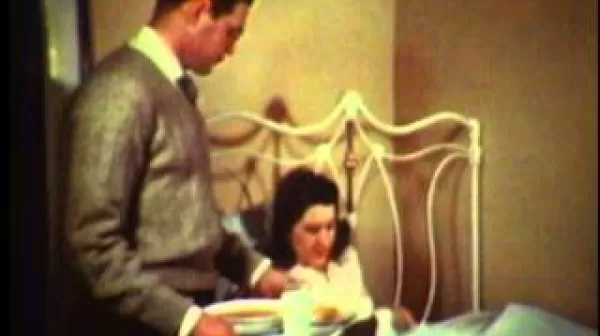Lease on Life (USPHS, 1945)
The story of an average American family and how its members plan and act to avoid unnecessary illness through regular check-ups, including X-rays for tuberculosis, at school, work, and by private appointment. The importance of preventative health measures regardless of one's age is emphasized, as is the role that employers can play in helping to protect their workers. Produced by the United States Public Health Service.

